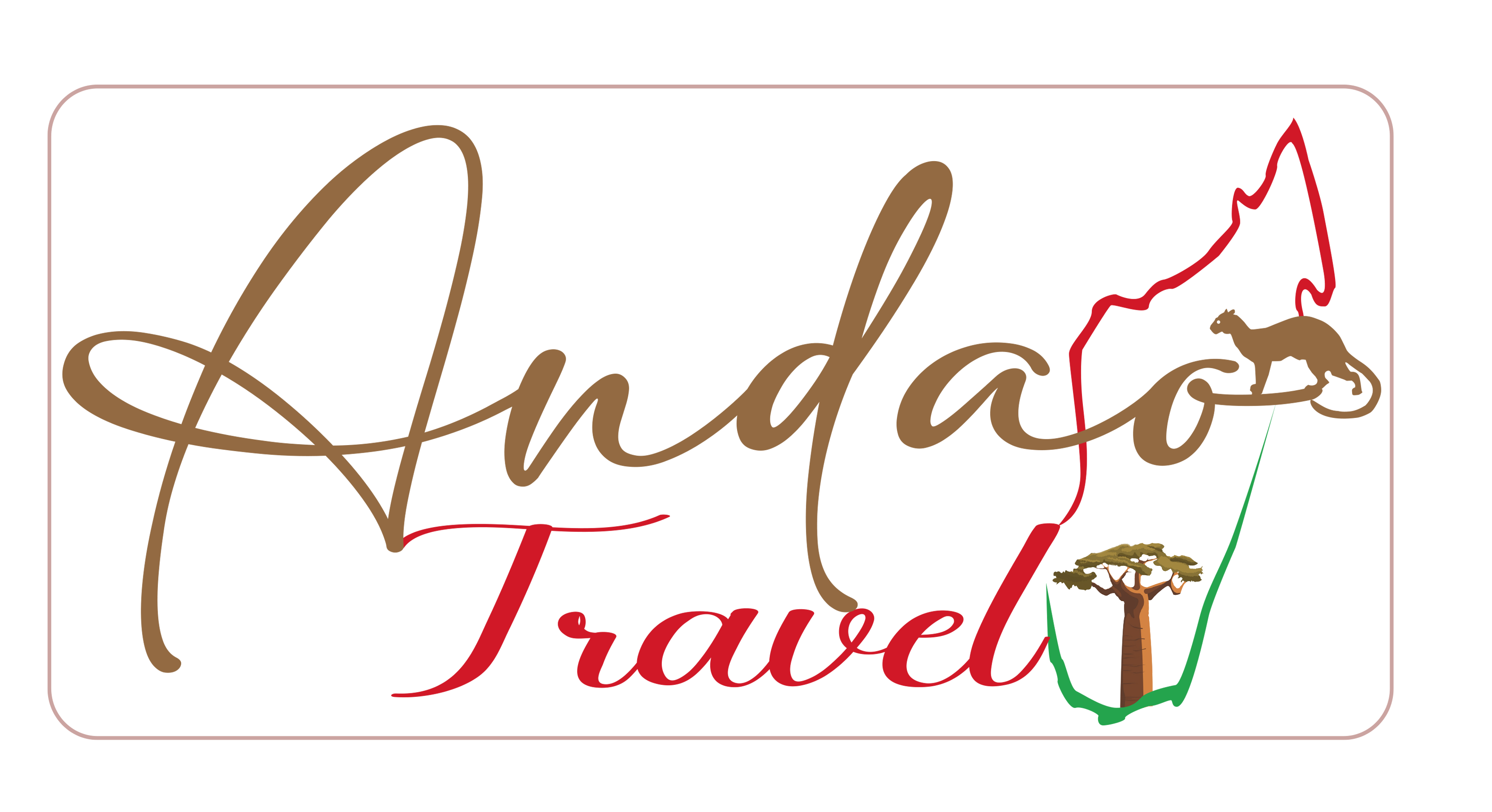Contact Us
- +261 32 60 432 07
- info@andao-travel.com
- Antananrivo Madagascar
ANDAO TRAVEL Madagascar
Providing your visit to Madagascar with quality service in accordance with your expectations. For a good trip, have fun with staff who has performance and experience in andao travel. Share your project so that we can discuss it further. Tous droits réservés – Interdiction de reproduction
Itineraries & Trip
14 DAYS THE JUNGLE TRAIN
17 DAYS BAOBAB & TSINGY
17 DAYS EXPEDITION
SEASON EVENT
